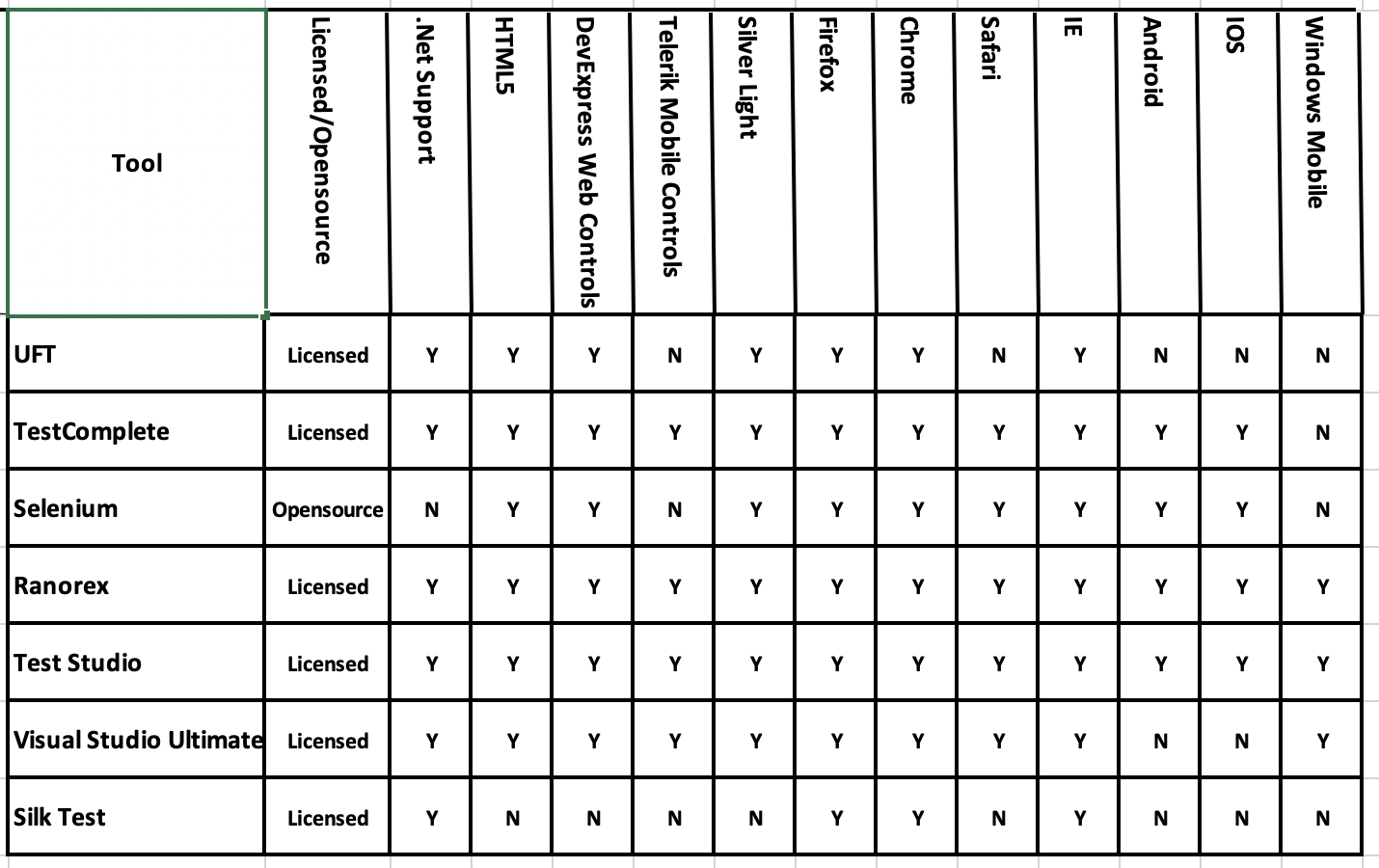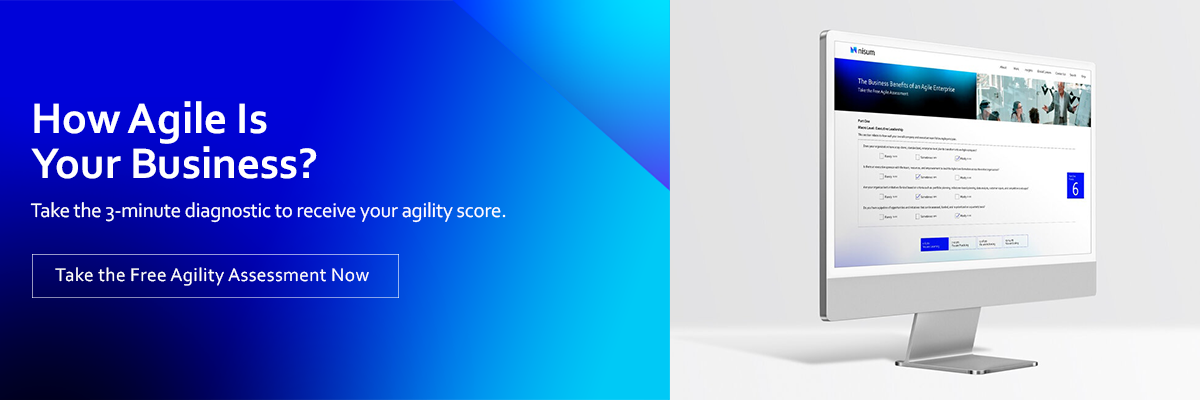 Photo Credit: Shutterstock
Photo Credit: Shutterstock
In order to do this, businesses need to have an effective and sustainable test automation framework integrated within their product delivery pipelines. Many companies make the mistake of focusing on the tools and technologies instead of the best practices needed.
Companies with successful test automation practices have a thoroughly planned test automation framework in place before they even consider what tools and technologies are needed. In this article we will discuss the top six things companies need to have in place to achieve test automation success.
1. Deploy Well-defined Automation Milestones, Processes, and Checklists
Before initiating any test automation project, companies need to have a well-defined automation process and identify what are the suitable candidates (i.e., use cases) that define what success is. The plan needs to include set milestones for analysis, any estimations, review processes, and sign off criteria. Each of these milestones needs to be qualified based on checklists and measured using statistical data. Make sure to base assessments on complexity, repeatability, stability goals, number of times to run, regression/non-regression, and ROI.
Having transparent outlined processes, milestones, and automation goals will help to reduce significant wastage of time and effort. Make sure to choose your teams wisely. Include automation experts and SMEs when preparing checklists and framework documents.
Make sure to include input and collaboration from key leads from business, architecture, product management, development, and quality engineering teams. This will ensure that all processes, milestones, and estimates will yield greater accuracy from the beginning.
2. Use a Matrix When Selecting Automation Tools
There are many efficient automation tools available in both open-source and licensed options. Selecting an inappropriate automation tool may result in a considerable loss in terms of time and effort. Companies need to choose the right tool that is appropriate for their automation framework requirements. The difference between the right and wrong tool can determine help in successful automation and mitigate the risk of redoing efforts. It is a better governance practice to place the selection of tools on a matrix of tools that lists capabilities and limitations and keep it up to date.
Below is an example of one such matrix.
 Source: Software Testing Help
Source: Software Testing Help
3. Use Technology Agnostic Automation Frameworks
When frameworks are highly customized and based solely on one project, it makes it challenging to reuse them across different products and applications.
Designing test automation frameworks using a technology agnostic approach enables companies to use them again. Additionally, they are easy to maintain. This can be accomplished by making the test automation framework more modular and decoupled on common interactions like set values, select values, click buttons/links, get values, and verify output values. Most technologies (web, mainframe, window, or ERP) mostly deal with these common actions. Automation frameworks must also be designed to integrate with CI/CD and DevOps environments for the same reasons.
Automation frameworks, defined and built with these reusable components, common actions, and different technologies, reduce technical dependency and save significant time and effort while building new test automation and maintenance across other products/applications. Additionally, frameworks can be defined and designed with customization scenarios in mind to help avoid multiple automation frameworks and maintenance within the same organization.
4. Maintain Continuous Fine Tuning
Most organizations will not focus on continuous improvement when creating automation frameworks. This is a mistake since companies risk making products and services obsolete by ignoring the need for continual testing.
Business and market changes make continuous improvement vital for test automation planning. Companies need to constantly plan for any changes of business needs and market trends. This mindset needs to shift from the legacy approach to automation and move towards one that scales with developing technical capabilities, frameworks, and tools. By doing so, companies can overcome limitations with existing automation tools and increase automation percentage.
5. Maintain Operational Efficiency
Operational efficiency plays an essential role in successful test automation. Companies can have the correct framework, processes, and tools in place but if they do not successfully manage their teams,the entire effort could be for nothing. Here are six best practices to keep in mind when deploying test automation teams.
- Identify the right automation team
- Train/upskill staff on focused areas (technical and domain)
- Deploy Proof of Concepts (PoCs) using new tools and technologies
- Motivate staff with rewards and recognitions
- Balance workloads when working on complex projects
- Use lessons to learn how to showcase successes and failures
6. Create a Customer Journey Map
Customer journey maps will help define their desired outcomes and touchpoints. The journey map will also enable you to identify areas of product improvement that you can leverage to help your company grow by consistently developing products that delight your customers. And, always make sure to always practice empathy when dealing with customers.
How Nisum Can Help You Deploy a Successful Test Automation Framework
There are plenty of opportunities for organizational growth using a successful test automation framework: gaining customer confidence, identifying new business areas, improving internal practices, and improving time to market. Let Nisum’s business agility experts provide you with a measured approach to continuously improve your business confidently and sustainably.
Since 2000, Nisum consultants have built a successful test automation framework to train our teams to catch up to market speed. Nisum is always ready to help our business to achieve their goals. With the insights from this process and framework by our technical and domain experts, you will be better equipped to find and execute areas of product growth in your company.





